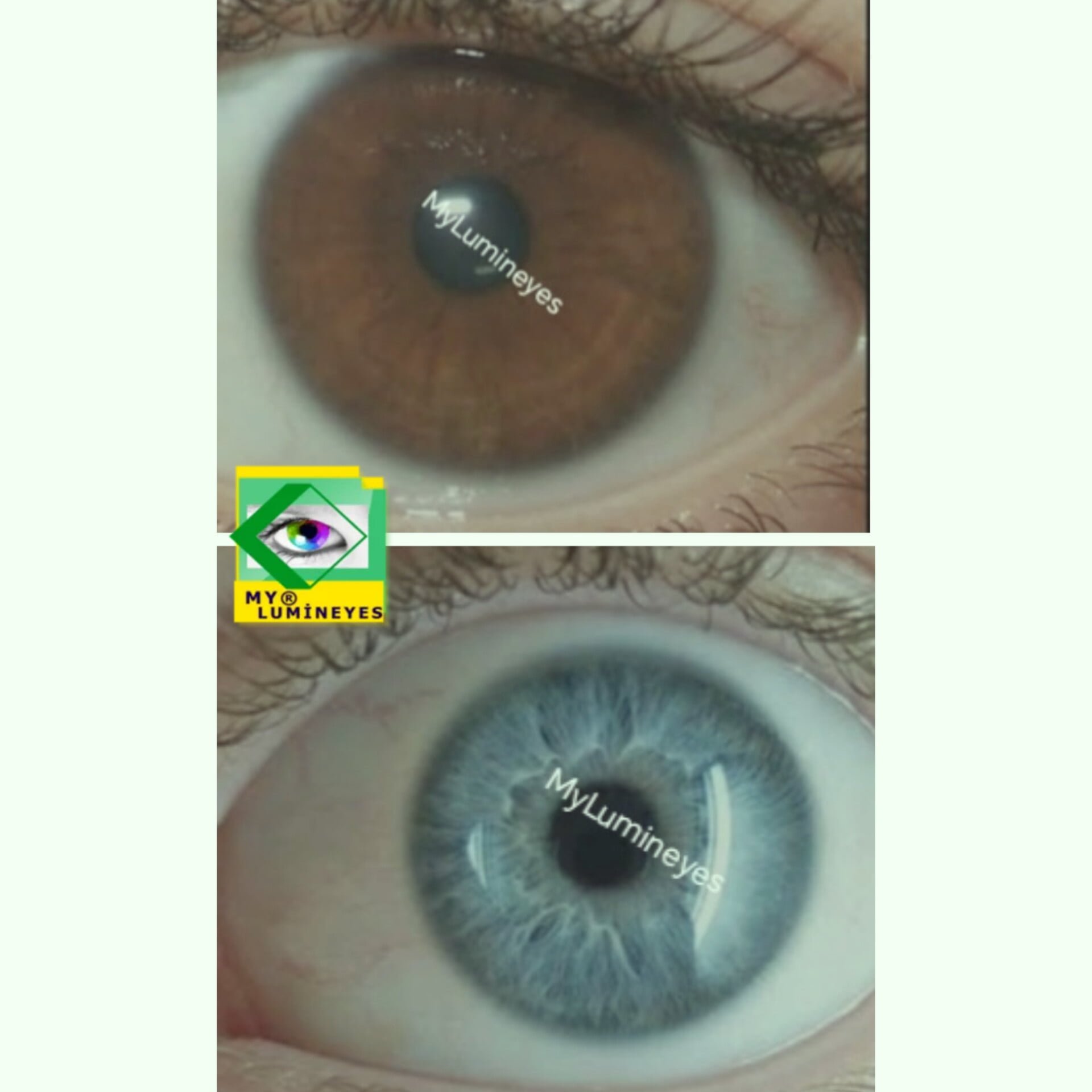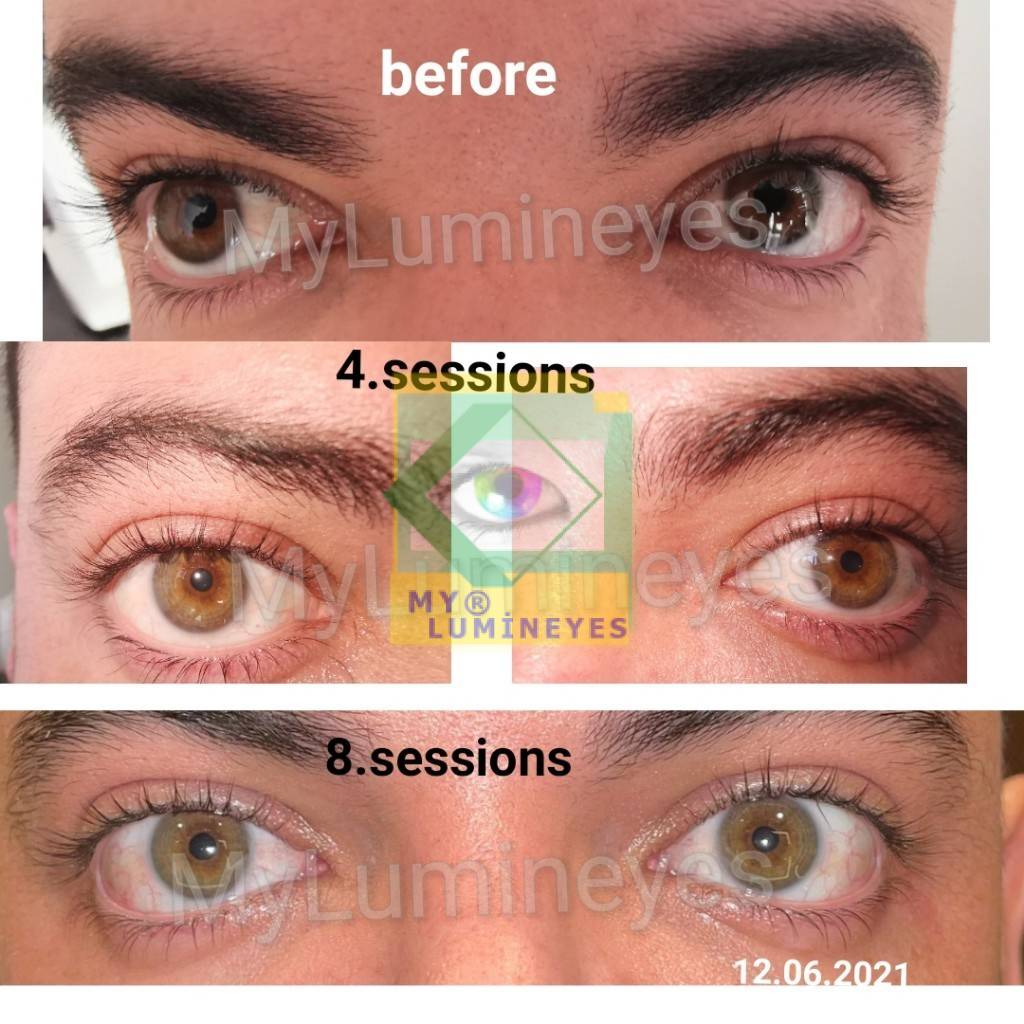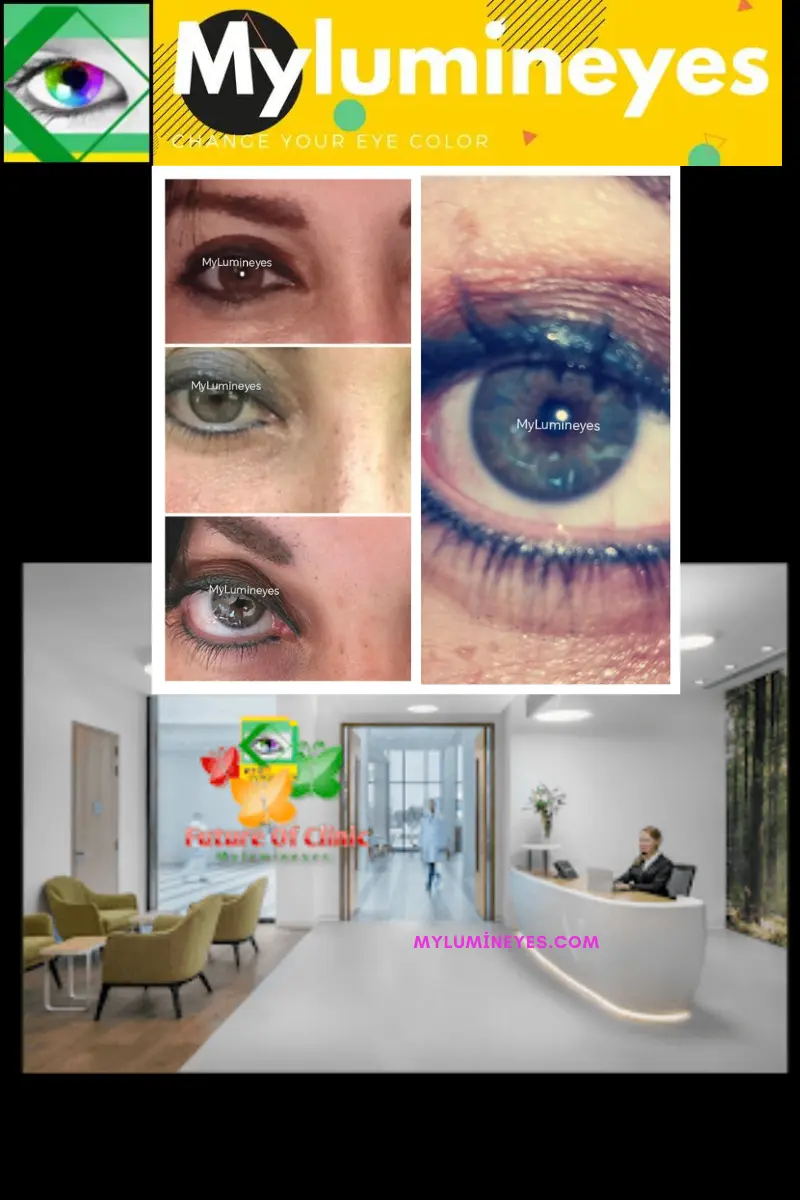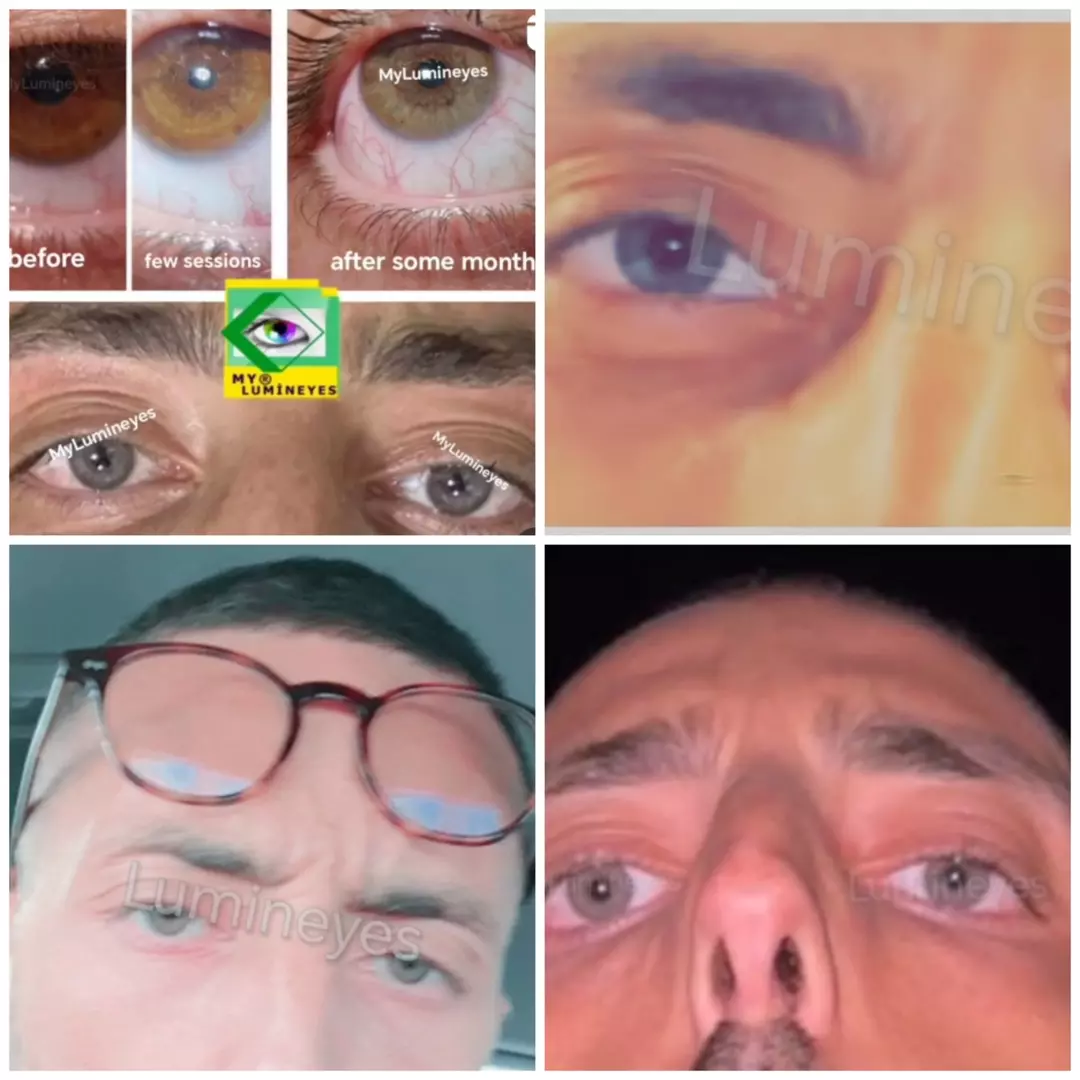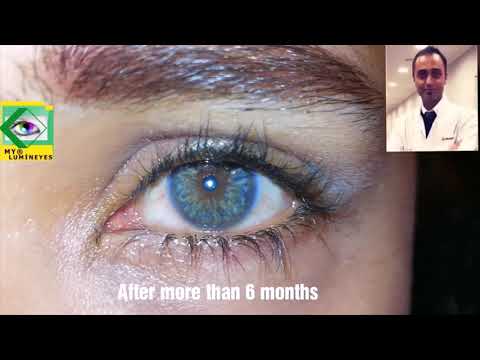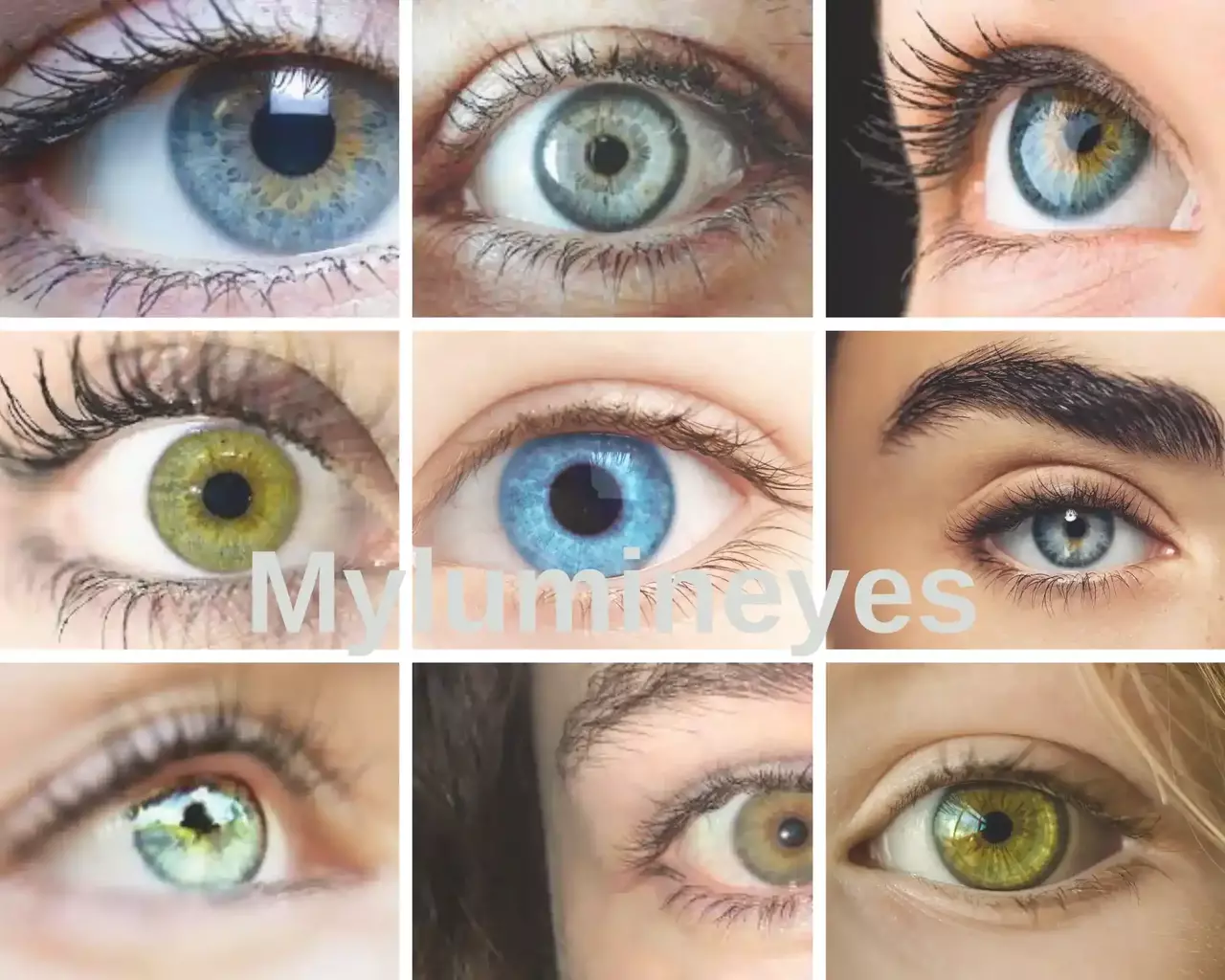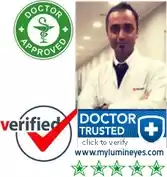What is cataract surgery treatment?
In cataract surgery, the clouded lens of the eye is removed and replaced with an artificial lens. Normally, the structure of our eye lens is transparent, but when cataracts form, the lens becomes hazy. The light entering the eye diffuses. Consequently, our degree of vision declines. In this circumstance, cataract surgery is the only treatment option. Thanks to cataract surgery, your eyesight will be crisper and more comfortable. Cataract surgery is a serious eye surgery. What are cataracts symptoms? And what is the recovery time of cataract surgery? A professional surgeon must do cataract surgery.
In a healthy eye, the act of seeing is caused by the refraction of image-related light in various layers of the eye and its concentration on the retina, which is positioned at the back of the eye and transfers the picture to the brain.
The clear cornea layer in front of the eye and the eye lens—which is in charge of focusing whether one is gazing close-by or far—cause this focusing process. Furthermore affecting focusing is the fluid and other tissue composition of the eye. Early on, cataracts could not be troublesome.
The blur could just effect a small area of the lens. But cataracts can get worse over time, compromising more of the lens and so compromising eyesight. Reduced light reaching the retina increases difficulty with vision. Should cataracts exist, your vision could be blurry and impaired. One cannot pass cataract from one eye to another. Most patients, though, have both eyes compromised.
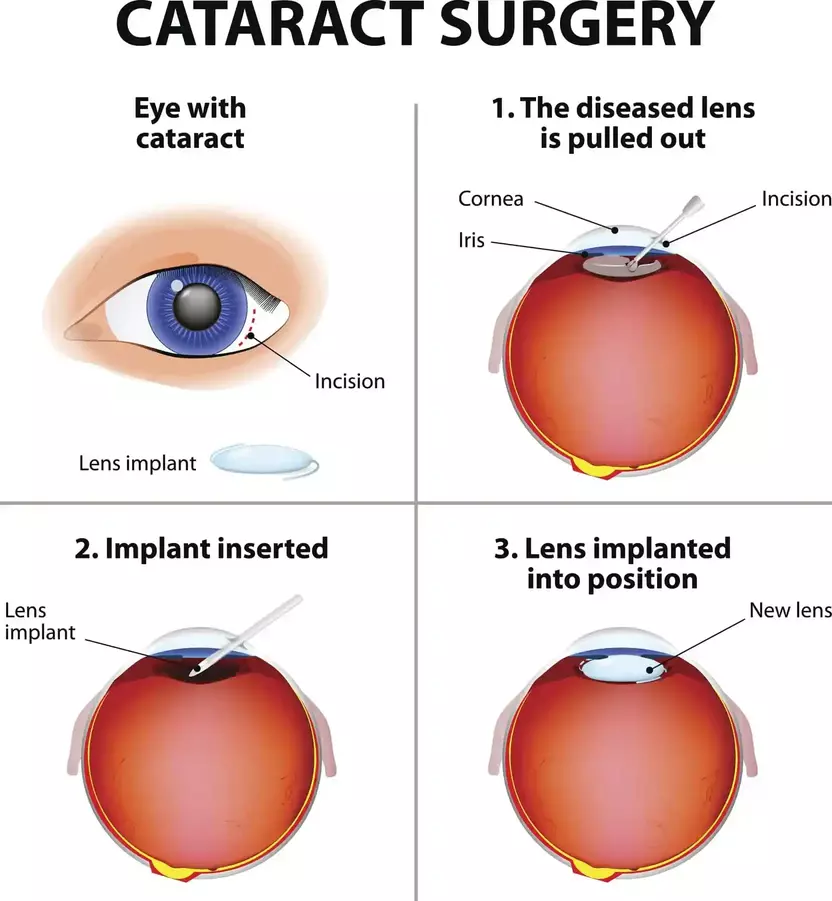
What are cataracts?
Age is the most prevalent cause of cataracts. The lens of the eye is a protein-based, transparent structure. The structure of these proteins changes as we age, and they become opaque. When a cataract forms, the lens of the eye becomes opaque, resembling frosted glass. The lens, whose structure has deteriorated, is unable to correctly focus light; therefore, light entering the eye is dispersed.
As a result, the patient’s vision deteriorates, and he has trouble doing his regular tasks. In this instance, it indicates that the surgery has become essential. Age-related changes in the lens are the most significant cause of cataract in adults. Cataracts can be caused by metabolic illnesses, consanguineous marriage, fetal diseases, drug usage during pregnancy, microbiological conditions, and accidents in youngsters.
What are the cataract symptoms?
- defect of vision
- reduce the vibrancy of colors
- Frequent need to change glasses
- Blurred vision at a distance
- difficulty reading symptoms
- light distribution
- double vision
- start reading without glasses
- Unexplained change in eye numbers
- sensitivity to light or bright things
- color blindness
- inability to distinguish certain colors in a picture
What are the conditions that cause cataracts?
- Age
- Trauma
- Diabetes
- Certain pharmaceuticals
- Radiation
- Smoking
- UV light
- Exposure to carcinogens
- Some diseases occur during pregnancy (like measles).
- Eye inflammations
- Glaucoma
Why is cataract surgery necessary?
If the cataract has clouded the eye, it may evaporate. In order to avoid a condition such as blindness, it is vital to undertake surgery when such a situation arises. In addition, congenital cataract illness calls urgent immediate surgery. For cataract treatment, cataract surgery is performed. Cataracts can produce impaired vision and intensify light glare. If the cataract is hindering your ability to perform daily tasks, your doctor will propose cataract surgery.
Surgery may also be recommended when cataracts create further eye problems. For instance, if the cataract makes it difficult for the ophthalmologist to inspect the back of the eye in order to monitor or treat other eye conditions, such as age-related macular degeneration or diabetic retinopathy, surgery may be indicated.
In most circumstances, delaying cataract surgery won’t harm your eyes, but waiting too long can result in permanent eye damage. In addition, late and hardened cataracts are more difficult to treat surgically.
What are the different forms of cataracts and cataract symptoms?
Nuclear cataracts:
Nuclear cataract is defined by a loss of vision in the image’s center due to the accumulation of material in the lens’s core region. In the early stages, patients have difficulty seeing close-up objects. In the final stages, their vision becomes blurry, and they lose it entirely.
cortical cataracts:
This is the form of cataract that begins at the lens’s margins. The cataract progresses in the shape of a wedge from the periphery to the center. As the disease proceeds, blurring or disappearance of particular portions of the vision may be detected, despite the absence of significant symptoms in the early stages.
Posterior cataracts:
Posterior cataract is a form of cataract that develops more rapidly than the other two and is defined by the buildup of material in the lens’s posterior region. Especially in the evening, this might result in glare and light halos.
Congenital cataracts :
Congenital cataract refers to the formation of cataracts in infancy or childhood as a result of numerous congenital health conditions. Early eye lens problems may be seen in people with genetic diseases like galactosemia, neurofibromatosis type 2, myotonic dystrophy, a severe buildup of substances, and vision loss.
Secondary cataracts:
Secondary cataract is a type of cataract that is caused by underlying conditions such as diabetes, glaucoma (high eye pressure), and steroid use. A physical blow to the eye or radiation treatment for cancer can also produce cataracts.
Mature cataracts:
With a mature cataract, the lens of the eye has become opaque, resulting in a severe impairment of vision. Mature cataract is really a kind of cataract known as nuclear cataract, which develops in the center of the eye’s lens.
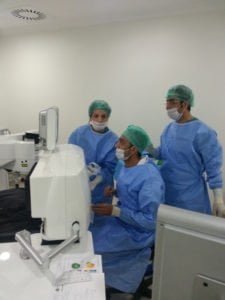
What types of lenses are used in cataract surgery to reduce cataract symptoms?
Monofocal lenses, also called “single focus” lenses, have a single point of focus and only make things clear at the distance to which they are set. It can be set up for a long distance or a short distance, depending on what the patient wants. Most of the time, it’s best to use glasses close to far away.
Lenses with more than one focal point are called “multifocal lenses-trifocal lenses.” The rings on these lenses let them have more than one focal point. In this way, they show how far away and how close they are. In recent years, trifocal lenses, which are also called “smart lenses,” have made it easier to see things at medium distances.
Even though the image from all distances is clear on the retina at the same time, these lenses can cause problems like light scattering and moiré vision. Since this is not how our brains usually picture things, patients may find this strange at first. But after a while, our brains get used to the way things are, and we stop complaining.
In the eye, several intraocular lenses serve various functions,to reduce cataract symptoms
EDOF lenses, which stand for “increased depth of focus,” have fewer rings than other lenses, but the focal distances have been increased by using technology. This makes it much less likely that people will have problems with multifocal lenses.
Even though they don’t do a great job of showing close range, they do a good job of showing far and middle range. It is better for young people who can’t use multifocal lenses, people who have had laser surgery, and people whose jobs require them to be able to see well at a distance and at night.
Toric lenses: Astigmatism is an eye condition. The light beam that comes into the eye can’t be focused on a single point, so a blurry image is made. This makes it hard to see both up close and far away. Today, toric intraocular lenses can be used to fix astigmatism.
What risks are associated with cataract surgery?
Cataract surgery is a common procedure with a high percentage of success. Regarding this, the risk of postoperative problems is quite minimal. Patients may develop eye infections and bleeding following surgery due to insufficient wound care, although the incidence of postoperative sequelae is quite low. Due to insufficient wound care, however, patients may suffer eye infections and bleeding following surgery. After cataract surgery, the chance of suffering a retinal detachment rises.
What is the duration of cataract surgery?
Cataract surgery is a day surgery. Typically, the operation takes between 30 and 45 minutes. However, the overall duration may be greater for some patients, depending on the anesthetic technique and surgical preparations to be done. Usually, patients can return home after a procedure.
What is the time for cataract surgery recovery?
The length of time it takes for a patient to recovery normal vision after cataract surgery varies according to the difficulty of the procedure and the severity of the cataract. Within 7 to 15 days, the patient achieves excellent visual acuity. The patient recovers completely within 15 to 30 days.
Catarct surgery Usually done under local anesthesia, cataract surgery is a daily, non-invasive procedure. Underlying medical problems could be the reason some patients need a brief hospital stay.
The patient is summoned back at the advised intervals after the operation; the eye is banded. The eye could feel sensitive and painful for a few days in the postoperative phase; recovery might take many weeks. This period should be dedicated to the physician-determined correct and frequent use of drugs.
Patients are frequently checked by dr on the first day, first week, and first month after a surgery. In the control group, the healing process is monitored by ensuring that the eye does not get infected. The physician then sets the subsequent course of therapy
What are the complications of cataract surgery?
Cataract surgery is one of the most invasive eye procedures, yet there is a low danger of losing vision. This risk is higher in places where low-quality materials are used, where the same material is used on multiple patients without being changed, where people try to save money on eye protection drugs, and where low-quality intraocular lenses are used.
The most serious complications that might arise after surgery are those associated with bleeding. Although exceedingly rare, it is possible for the eye to be lost before the doctor can do anything. This risk is increased, especially in people with hypertension. The second most significant issue is infections.
Intraocular antibiotics mitigate this danger in facilities that prioritize cleanliness and employ FDA-approved, disposable materials.
Numerous complications that may have been prevented can arise after cataract surgery, including the cataract dropping into the eye, difficulty inserting the intraocular lens, and errors in the number of lenses.
The femtosecond laser: what is it?
Definitions of a femtosecond laser A new laser technology called femtosecond laser surgery (LASIK) increases the safety and efficiency of laser treatments. Known as a “bladeless laser.” The stage primarily influencing the result of laser eye treatment is the growth of the corneal valve, sometimes known as flap.
The phaco technique employs a femtosecond laser for cataract surgery.
We use eye drops to anesthetize the eye during surgery, which eliminates the need for anesthetic, a needle, or a knife, and ensures a painless procedure. People often refer to the “femtosecond laser” laser technique as “knifeless cataract surgery” because it eliminates the need for a knife in the most crucial steps of the surgery. Although rare, problems that cannot be averted by human intervention can occur after cataract surgery. In order to avoid these difficulties, the doctor’s extensive experience is crucial.
In the phaco procedure, the corneal surgery incision is formed with a slit knife, but in femtosecond cataract surgery, the incision is done totally with laser technology.
Recently, cataract surgeries have also used this procedure, commonly known as “bladeless laser surgery.”
Therefore, the femtosecond laser performs various controlled and unchanged acts that the surgeon has to do during the operation. Using the femtosecond laser simplifies and ensures a safer operation for the surgery by completing some steps ahead of time.Apart from indicating the axis of the astigmatic lenses, a femtosecond laser helps to precisely position the astigmatized lens.
When does visual acuity increase following cataract surgery recovery?
Vision impairment is common in the initial hours following cataract surgery. Due to the medicines and lights used during surgery, impaired vision persists for several hours. Later, corneal edema develops, which may cause visual blurring for up to two days.
If the cataract is not too dense, it is anticipated that the patient’s eyesight will begin to clear on the third day. It is anticipated that the picture will become clearer within the first week. However, throughout this time, the patient may continue to have fuzzy vision owing to poorly fitting glasses, but there is no need for concern if he can see clearly with trial glasses during the test.
At the conclusion of the first month, a healthy eye should have achieved its final degree of vision. If the measured eyesight is still below the acceptable level, it is necessary to analyze the presence of the issue.
How long does it take for a cataract surgery recovery?
How long it takes for a person to see normally again after surgery depends on how hard the cataract was and how hard the surgery was. In 7 to 15 days, the point of view is very good. Between 15 and 30 days, the person is back to normal.
Is there an age limit for cataract surgery to reduce cataract symptoms?
Cataract surgery can be performed on patients of any age; however, the condition must first be detected and then operated on within the first few months after its onset.
Can Lumineyes laser eye color change surgery treat cataracts?
No, the 8G laser we employ to change eye color only destroys or reduces the melanin pigments in the iris, thereby changing your eye color.
How much are cataract surgery costs or prices in Turkey?
Depending on the lenses and materials used, cataract surgery prices vary between 500-3500 euros, depending on the quality and experience of the surgeon.

